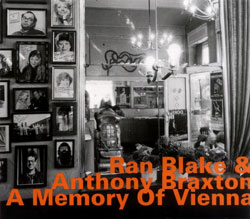
In 1988, on the spur of the moment, Blake and Braxton met to record this set of 8 standards, including pieces by Monk, Parker, Gillespie, Miles Davis, Mal Waldron, &c.
In Stock
Quantity in Basket: None
Log In to use our Wish List
Shipping Weight: 3.00 units
EU & UK Customers:
Discogs.com can handle your VAT payments
So please order through Discogs
Sample The Album:
Ran Blake-piano
Anthony Braxton-alto saxophone
Click an artist name above to see in-stock items for that artist.
UPC: 752156068723
Label: Hatology
Catalog ID: Hatology687
Squidco Product Code: 12149
Format: CD
Condition: New
Released: 2009
Country: Switzerland
Packaging: Cardstock Gatefold Sleeve 3 panels
Recorded at Haus der Begegnung Mariahif, Vienna, on November 19, 1988, by Peter Pfister. Remastered July 2009 by Peter Pfister.
"There had been no plans, no preparation. It was a completely spur-of-the-moment decision. Nine years later, I don't remember whose idea it was-mine?Werner X. Uehlinger's? Ran's or Anthony's? Once we started, enthusiasmwas high, everyone jumped into it head-first and hard, perhaps a bit too hardat first. When it was over, we didn't know what we had. Now we know. Whatyou now hold in your hands is the result of fortuitous circumstance, hard work,imagination, talent, trust, and a bit of blind luck. Like all art that survives,and thrives, it is a miracle."-Art Lange

The Squid's Ear!
Artist Biographies
• Show Bio for Ran Blake "Ran Blake (b. 20 April 1935, Springfield, MA) In a career that now spans five decades, pianist Ran Blake has created a unique niche in improvised music as an artist and educator. With a characteristic mix of spontaneous solos, modern classical tonalities, the great American blues and gospel traditions, and themes from classic Film Noir, Blake's singular sound has earned a dedicated following all over the world. His dual musical legacy includes more than 40 albums on some of the world's finest jazz labels, as well nearly 40 years as a groundbreaking educator at Boston's New England Conservatory. Blake first discovered the dark, image laden and complex character driven films that would so influence his music at age 12 when he first saw Robert Siodmak's Spiral Staircase. "There were post World War II musical nuances that if occasionally banal and as clichéd as yesterday's soap operas, were often so eerie, haunting and unforgettable," Blake would later write. "After more than eighteen viewings during a period of twenty days, plots, scenes, and melodic and harmonic surfaces intermingled, obtruding into my day life as well as my dreams." Long before the invention of virtual reality, Blake began mentally placing himself inside the films and real life scenarios that inspired his original compositions like "Spiral Staircase", "Memphis" and "The Short Life of Barbara Monk". The influence of the Pentecostal church music he also discovered growing up in Suffield, Connecticut, combined with his musical immersion in what he terms "a Film Noir world," laid the groundwork for his earliest musical style. That early style would become codified when he and fellow Bard College student and vocalist Jeanne Lee became a duo in the late 1950's. Their partnership would create the landmark cult favorite The Newest Sound Around (RCA) in 1962, introducing the world to both their unique talents and their revolutionary approach to jazz standards. This debut recording would also show the advancing synthesis of Blake's diverse influences with its haunting version of David Raksin's title track from the movie Laura and his original tribute to his first experience with gospel music, "The Church on Russell Street". The Newest Sound Around was initiated and informally supervised by the man that would be come Blake's most significant mentor and champion, Gunther Schuller. The two began their forty-year friendship at a chance meeting at Atlantic Records' New York studio in January 1959. Less than two years earlier, Schuller coined the term "Third Stream" at a lecture at Brandeis University. Schuller was recording on Atlantic-helping to define his term in musical practice-with future jazz giants like John Lewis, Bill Evans, Eric Dolphy, and Ornette Coleman. Ran Blake came to the label to accept what he calls "a low level position" that allowed him to be near the music of inspirations like Chris Connor, Ray Charles, and Harlem's famous Apollo Theater. Blake's long association with Schuller, modern classical music, and Schuller's controversial term began here, and was forged by years of friendship, collaboration and innovation. One of the only people in the music world who could see the potential of Blake's unorthodox sounding musical style, Schuller invited Blake to study at the Lenox School of Jazz in the summers of 1959 and 1960. While in Lenox, also home to the classical music mecca at Tanglewood in western Massachusetts, Blake studied with the jazz giants who formed the faculty of this one-of-a-kind institution-Lewis, Oscar Peterson, Bill Russo, and many others-and began formulating his style in earnest. He also studied in New York with piano legends Mary Lou Williams and Mal Waldron. A year after Schuller became president of Boston's New England Conservatory in 1967, Blake joined his mentor and many one-time teachers and inspirations, including George Russell, as a faculty member at NEC, the first American conservatory to offer a jazz degree. In 1973, Blake became the first Chair of the Third Stream Department, which he co-founded with Schuller at the school. He still holds this position-though the department was recently renamed the Contemporary Improvisation Department to address both its expansion from Blake's own additions and the outdatedness of the term. Blake's teaching approach emphasizes what he calls "the primacy of the ear," as he believes music is traditionally taught by the wrong sense. His innovative ear and style development process elevates the listening process to the same status as the written score. This approach compliments the stylistic synthesis of the original Third Stream concept, while also providing an open, broad based learning environment that promotes the development of innovation and individuality. Musicians of note Don Byron, Matthew Shipp, and John Medeski have studied with Blake at NEC.Although Blake's teaching career would soon become the second half of his dual musical legacy, his career as an influential performer and wholly individual jazz artist is his main source of fame. Following Jeanne Lee's departure to become one of the premier vocalists in the burgeoning avant-garde, Blake recorded the prototypical Ran Blake Plays Solo Piano (ESP) in 1965. The recording showed a clear refinement of Blake's style of reinventing popular standards by incorporating his other influences from Film Noir, gospel, his favorite pianist Thelonious Monk, and composers like Stravinsky, Prokofiev, and Messaien. His reputation as the major Third Stream pianist, and later an educator, soon followed, as he could improvise just as easily on a jazz chord progression as a twelve-tone row. From 1965 on, Blake worked primarily as a solo pianist on more than 30 albums. Although most of the music was primarily informed by his Film Noir perspective, many of his most acclaimed recordings are tributes to artists like Monk, Sarah Vaughn, Horace Silver, George Gershwin, and Duke Ellington. These tributes merged with his teaching career by inspiring an annual summer course he still teaches at NEC, thoroughly exploring the music of a single artist. He has also recorded with Jaki Byard, Anthony Braxton, Steve Lacy, Houston Person, Enrico Rava, Clifford Jordan, Ricky Ford, Christine Correa, David "Knife" Fabris, and others, including a 1989 reunion with Jeanne Lee.Most recently, Blake reinvented himself again for a new millennium of fans. Although solo albums like Film Noir (Arista/Novus) and Duke Dreams (Soul Note) earned five star ratings in publications like Down Beat and the All Music Guide to Jazz, 2001's Sonic Temples (GM Recordings) is Blake's best received and most critically acclaimed recording in several years. The recording features Schuller's two jazz musician sons, Ed (bass) and George (drums), whom Blake has known their entire lives and worked with throughout the last 25 years. This is his first recording in the standard piano trio format, an unprecedented statistic for a jazz pianist of his stature. This collaboration, which Gunther Schuller conceived and produced as a testament to the unheard breadth of Blake's abilities, showcases Blake performing with a rhythm section and features a repertoire of up tempo standards and group improvisations, as well as trademark Blake originals. 2012 marked Blake's fifty years as a professional recording artist, making him one of most resilient artists in jazz history. In the tradition of two of his idols, Ellington and Monk, Ran Blake has incorporated and synthesized several otherwise divergent styles and influences into a single innovative and cohesive style all his own, ranking him among the geniuses of the genre. The addition of his innovative aural based teaching approach, and the nearly thirty years he has spent influencing future generations of musicians, makes his contributions to the long tradition of jazz even more impressive. Fifty years after his innovative duo release with Jeanne Lee, The Newest Sound Around (RCA-Victor, 1961), Ran continues to evolve his noir language on the piano and remains as active as ever with full-time teaching, recordings, touring, and writing a new book, "Storyboarding Noir." A recent Downbeat review said, "Ran Blake is so hip it hurts ... a pianist who can make you laugh at his dry humor one second and wring a tear the next." His music still sounds fresh and unmistakably unique. In 2012, Ran performed in Portugal with vocalist Sara Serpa, in France with Ricky Ford's Orchestra at the Toucy International Jazz Festival, and at the Qubec Jazz Festival where he performed solo with Hitchcock's I Confess (1953)." ^ Hide Bio for Ran Blake • Show Bio for Anthony Braxton [Anthony Braxton (born June 4, 1945) is an American composer and instrumentalist.] "Genius is a rare commodity in any art form, but at the end of the 20th century it seemed all but non-existent in jazz, a music that had ceased looking ahead and begun swallowing its tail. If it seemed like the music had run out of ideas, it might be because Anthony Braxton covered just about every conceivable area of creativity during the course of his extraordinary career. The multi-reedist/composer might very well be jazz's last bona fide genius. Braxton began with jazz's essential rhythmic and textural elements, combining them with all manner of experimental compositional techniques, from graphic and non-specific notation to serialism and multimedia. Even at the peak of his renown in the mid- to late '70s, Braxton was a controversial figure amongst musicians and critics. His self-invented (yet heavily theoretical) approach to playing and composing jazz seemed to have as much in common with late 20th century classical music as it did jazz, and therefore alienated those who considered jazz at a full remove from European idioms. Although Braxton exhibited a genuine -- if highly idiosyncratic -- ability to play older forms (influenced especially by saxophonists Warne Marsh, John Coltrane, Paul Desmond, and Eric Dolphy), he was never really accepted by the jazz establishment, due to his manifest infatuation with the practices of such non-jazz artists as John Cage and Karlheinz Stockhausen. Many of the mainstream's most popular musicians (Wynton Marsalis among them) insisted that Braxton's music was not jazz at all. Whatever one calls it, however, there is no questioning the originality of his vision; Anthony Braxton created music of enormous sophistication and passion that was unlike anything else that had come before it. Braxton was able to fuse jazz's visceral components with contemporary classical music's formal and harmonic methods in an utterly unselfconscious -- and therefore convincing -- way. The best of his work is on a level with any art music of the late 20th century, jazz or classical. Braxton began playing music as a teenager in Chicago, developing an early interest in both jazz and classical musics. He attended the Chicago School of Music from 1959-1963, then Roosevelt University, where he studied philosophy and composition. During this time, he became acquainted with many of his future collaborators, including saxophonists Joseph Jarman and Roscoe Mitchell. Braxton entered the service and played saxophone in an Army band; for a time he was stationed in Korea. Upon his discharge in 1966, he returned to Chicago where he joined the nascent Association for the Advancement of Creative Musicians (AACM). The next year, he formed an influential free jazz trio, the Creative Construction Company, with violinist Leroy Jenkins and trumpeter Leo Smith. In 1968, he recorded For Alto, the first-ever recording for solo saxophone. Braxton lived in Paris for a short while beginning in 1969, where he played with a rhythm section comprised of bassist Dave Holland, pianist Chick Corea, and drummer Barry Altschul. Called Circle, the group stayed together for about a year before disbanding (Holland and Altschul would continue to play in Braxton-led groups for the next several years). Braxton moved to New York in 1970. The '70s saw his star rise (in a manner of speaking); he recorded a number of ambitious albums for the major label Arista and performing in various contexts. Braxton maintained a quartet with Altschul, Holland, and a brass player (either trumpeter Kenny Wheeler or trombonist George Lewis) for most of the '70s. During the decade, he also performed with the Italian free improvisation group Musica Elettronica Viva, and guitarist Derek Bailey, as well as his colleagues in AACM. The '80s saw Braxton lose his major-label deal, yet he continued to record and issue albums on independent labels at a dizzying pace. He recorded a memorable series of duets with bop pioneer Max Roach, and made records of standards with pianists Tete Montoliu and Hank Jones. Braxton's steadiest vehicle in the '80s and '90s -- and what is often considered his best group -- was his quartet with pianist Marilyn Crispell, bassist Mark Dresser, and drummer Gerry Hemingway. In 1985, he began teaching at Mills College in California; he subsequently joined the music faculty at Wesleyan University in Connecticut, where he taught through the '90s. During that decade, he received a large grant from the MacArthur Foundation that allowed him to finance some large-scale projects he'd long envisioned, including an opera. At the beginning of the 21st century, Braxton was still a vital presence on the creative music scene." ^ Hide Bio for Anthony Braxton
12/9/2025
Have a better biography or biography source? Please Contact Us so that we can update this biography.
12/9/2025
Have a better biography or biography source? Please Contact Us so that we can update this biography.
Track Listing:
1. 'Round Midnight 11:07
2. Yardbird Suite 5:38
3. You Go To My Head 7:58
4. Just Friends 6:24
5. Alone Together 4:59
6. Four 4:53
7. Soul Eyes 7:34
8. I'm Getting Sentimental Over You 7:06
Hat Art
Improvised Music
Jazz
Anthony Braxton
Duo Recordings
Search for other titles on the label:
Hatology.

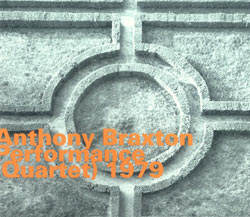
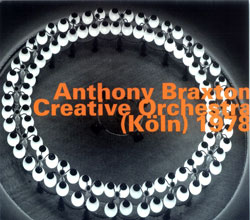



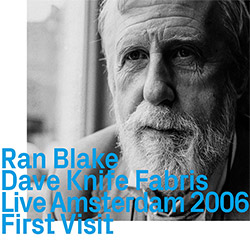

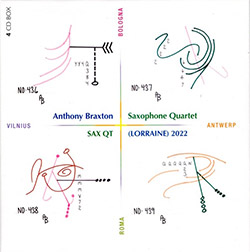
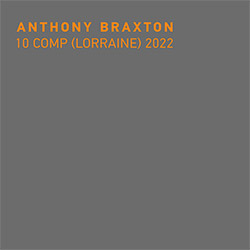

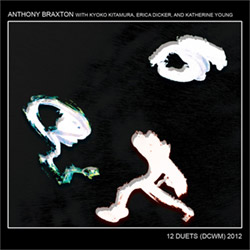





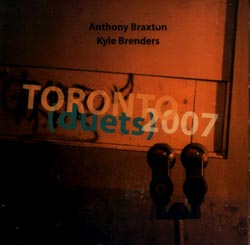
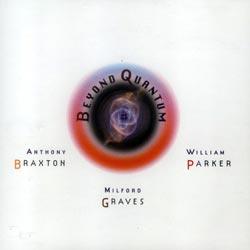
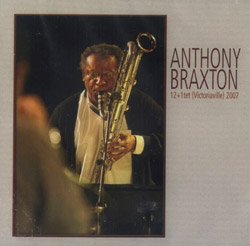
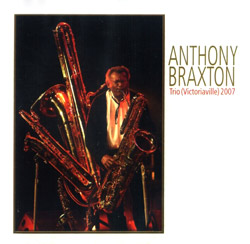








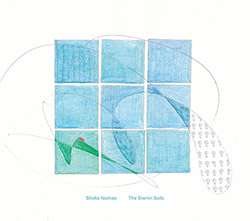
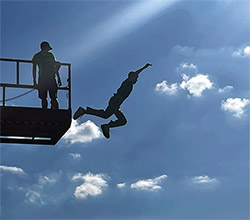
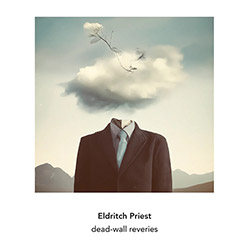
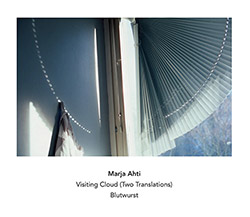

![Agnel, Sophie: Learning [VINYL]](https://www.teuthida.com/productImages/misc4/36841.jpg)

![Monaco, Amanda (w/ Michael Attias / Sean Conly / Satoshi Takeishi) : Deathblow [VINYL]](https://www.teuthida.com/productImages/misc4/36956.jpg)
![Frey, Jurg with ensemble]h[iatus: Je Laisse A La Nuit Son Poids D](https://www.teuthida.com/productImages/misc4/36988.jpg)
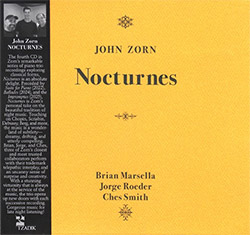
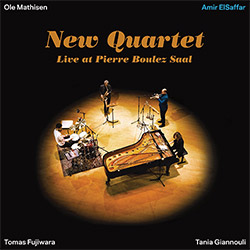
![ElSaffar, Amir / New Quartet : Live at Pierre Boulez Saal [VINYL]](https://www.teuthida.com/productImages/misc4/36830.jpg)
![Zorn, John: The Song of Songs [CD + CD BOOK]](https://www.teuthida.com/productImages/misc4/36923.jpg)
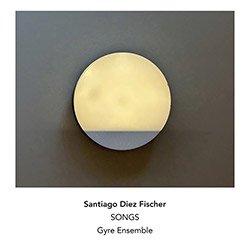
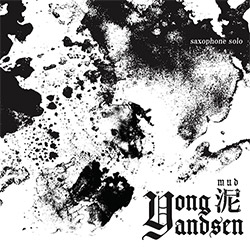



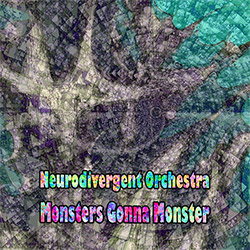
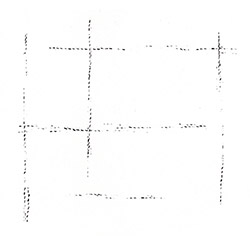

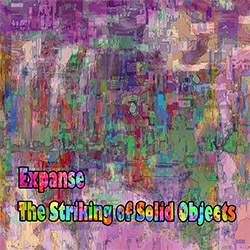
![Musicworks Magazine: #152 Fall 25 [MAGAZINE + CD]](https://www.teuthida.com/productImages/misc4/37004.jpg)
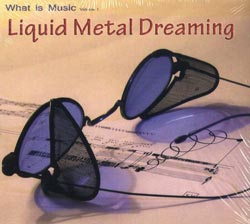




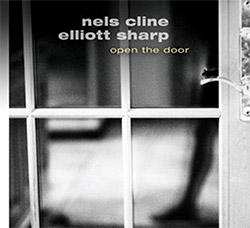
![[ahmed] (Thomas / Grip / Gerbal / Wright): Sama](https://www.teuthida.com/productImages/misc4/36976.jpg)

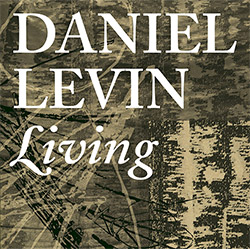
![Cleaver, Gerald / Brandon Lopez / Hprizm: In The Wilderness [COLOR VINYL]](https://www.teuthida.com/productImages/misc4/33060.jpg)
![McPhee, Joe : Defiant Jazz: a Joe McPhee Taster [VINYL]](https://www.teuthida.com/productImages/misc4/36859.jpg)
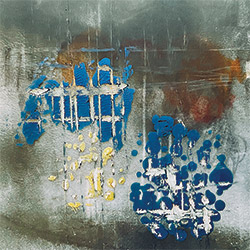
![Mateen, Sabir / Patrick Holmes / Federico Ughi : Survival Situation [LTD VINYL LP + DOWNLOAD]](https://www.teuthida.com/productImages/misc4/29891.jpg)
![Tucker, Dave / Pat Thomas / Thurston Moore / Mark Sanders: Educated Guess Vol. 1 [COLORED VINYL]](https://www.teuthida.com/productImages/misc4/30183.jpg)
![Sarian, Michael / Matthew Putman: A Lifeboat (Part I) [COLORED VINYL]](https://www.teuthida.com/productImages/misc4/30426.jpg)
![Carter, Daniel / Tobias Wilner / Djibril Toure / Federico Ughi: New York United Volume 2 [COLOR VINYL]](https://www.teuthida.com/productImages/misc4/30665.jpg)
![Mela, Francisco feat. Matthew Shipp / William Parker: Music Frees Our Souls, Vol. 1 [BLUE VINYL]](https://www.teuthida.com/productImages/misc4/30999.jpg)
![Heroes Are Gang Leaders: LeAutoRoiOgraphy [COLORED VINYL]](https://www.teuthida.com/productImages/misc4/32253.jpg)
![Carter, Daniel / Matthew Shipp / William Parker / Gerald Cleaver: Welcome Adventure! Vol. 2 [COLOR VINYL]](https://www.teuthida.com/productImages/misc4/32385.jpg)
![Carter, Daniel / Evan Strauss / 5-Track / Sheridan Riley: The Uproar In Bursts Of Sound And Silence [COLORED VINYL]](https://www.teuthida.com/productImages/misc4/32515.jpg)
![Ackerley, Jessica / Patrick Shiroishi / Chris Williams / Luke Stewart / Jason Nazary: SSWAN: Invisibility is an Unnatural Disaster [COLORED VINYL]](https://www.teuthida.com/productImages/misc4/32586.jpg)
![Mela, Francisco feat. Cooper-Moore / William Parker: Music Frees Our Souls, Vol. 2 [COLORED VINYL]](https://www.teuthida.com/productImages/misc4/32735.jpg)
![Amba, Zoh / William Parker / Francisco Mela: O Life, O Light Vol. 2 [COLOR VINYL]](https://www.teuthida.com/productImages/misc4/33059.jpg)
![Dikeman, John / Pat Thomas / John Edwards / Steve Noble: Volume 1 [COLORED VINYL]](https://www.teuthida.com/productImages/misc4/33099.jpg)
![Dikeman, John / Pat Thomas / John Edwards / Steve Noble: Volume 2 [COLOR VINYL]](https://www.teuthida.com/productImages/misc4/33184.jpg)
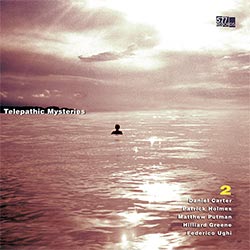
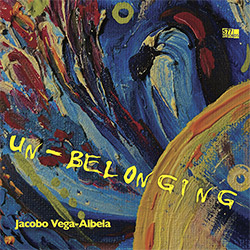

![Genthon, Anouck / Lionel Marchetti: Suite Blanche [2 CDs]](https://www.teuthida.com/productImages/misc4/36642.jpg)
![Toeplitz, Kasper T.: Erosions Programmees [CD + BOOKLET]](https://www.teuthida.com/productImages/misc4/36639.jpg)
![Gate, The : Amost Live [CASSETTE + MAGAZINE]](https://www.teuthida.com/productImages/misc4/36836.jpg)
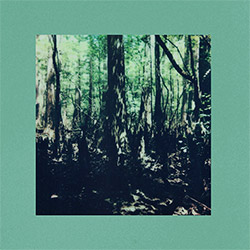


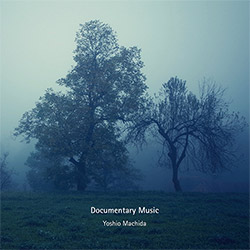
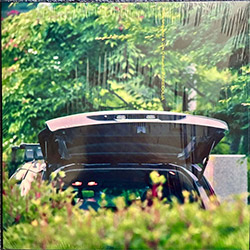
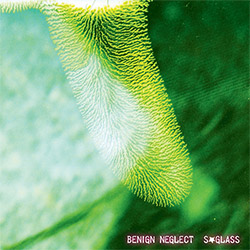
![A Magic Whistle: The Solar Cell [VINYL]](https://www.teuthida.com/productImages/misc4/36658.jpg)

![McGee, Hal: Columbus Expedition [Cassette w/ Download]](https://www.teuthida.com/productImages/misc4/36650.jpg)
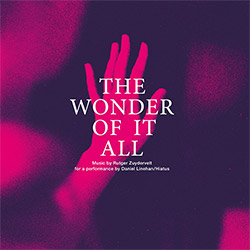

![Jaeger, Kassel: Fernweh [VINYL 2 LPs]](https://www.teuthida.com/productImages/misc4/36541.jpg)
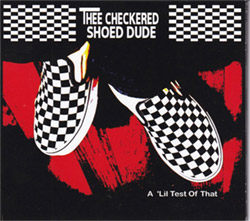




![+DOG+: The Light Of Our Lives [2 CDs]](https://www.teuthida.com/productImages/misc4/36009.jpg)


![Eternities: Rides Again [CASSETTE]](https://www.teuthida.com/productImages/misc4/36247.jpg)

![Lopez, Francisco: Untitled (2021-2022) [2 CDs]](https://www.teuthida.com/productImages/misc4/36438.jpg)



![Frey, Jurg : Composer, Alone [3 CDs]](https://www.teuthida.com/productImages/misc4/36927.jpg)
![Pisaro-Liu, Michael: Within (2) / Appearance (2) [2 CDs]](https://www.teuthida.com/productImages/misc4/36831.jpg)

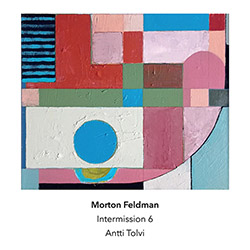
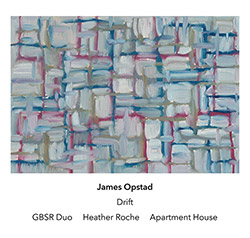
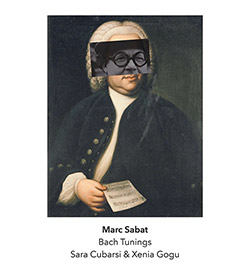
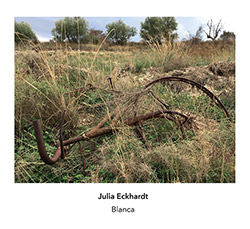
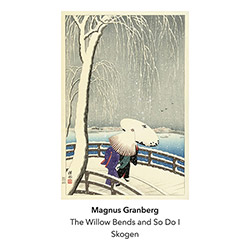
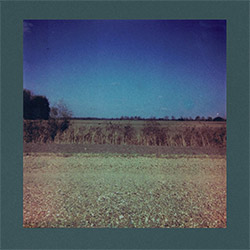
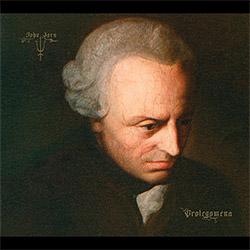
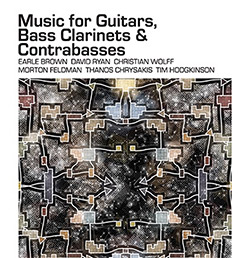

![Musicworks Magazine: #151 Summer 25 [MAGAZINE + CD]](https://www.teuthida.com/productImages/misc4/36559.jpg)

![Brown, Dan / Dan Reynolds: Live At The Grange Hall [unauthorized][CASSETTE]](https://www.teuthida.com/productImages/misc4/36245.jpg)



![Coultrain: Mundus [COLORED VINYL]](https://www.teuthida.com/productImages/misc4/33056.jpg)
![Hprizm: Signs Remixed [COLORED VINYL]](https://www.teuthida.com/productImages/misc4/30635.jpg)
![Halls Of the Machine: All Tribal Dignitaries [CASSETTE w/ DOWNLOAD]](https://www.teuthida.com/productImages/misc4/36134.jpg)


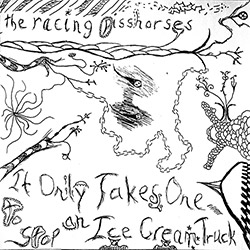
![Koenjihyakkei: Live at Club Goodman [2 CDs]](https://www.teuthida.com/productImages/misc4/36111.jpg)

![Sorry For Laughing (G. Whitlow / M. Bates / Dave-Id / E. Ka-Spel): Rain Flowers [2 CDS]](https://www.teuthida.com/productImages/misc4/35985.jpg)

![Rolando, Tommaso / Andy Moor : Biscotti [CASSETTE w/ DOWNLOADS]](https://www.teuthida.com/productImages/misc4/36106.jpg)


![Electric Bird Noise / Derek Roddy: 8-10-22 [CD EP]](https://www.teuthida.com/productImages/misc4/35970.jpg)








![Elephant9 : Mythical River [VINYL]](https://www.teuthida.com/productImages/misc4/34624.jpg)



![Elephant9 with Terje Rypdal: Catching Fire [VINYL 2 LPs]](https://www.teuthida.com/productImages/misc4/35355.jpg)
![Deerlady (Obomsawin, Mali / Magdalena Abrego): Greatest Hits [VINYL]](https://www.teuthida.com/productImages/misc4/34876.jpg)
![Coley, Byron: Dating Tips for Touring Bands [VINYL]](https://www.teuthida.com/productImages/misc4/17906.jpg)

![Lost Kisses: My Life is Sad & Funny [DVD]](https://www.teuthida.com/productImages/misc4/lostKissesDVD.jpg)